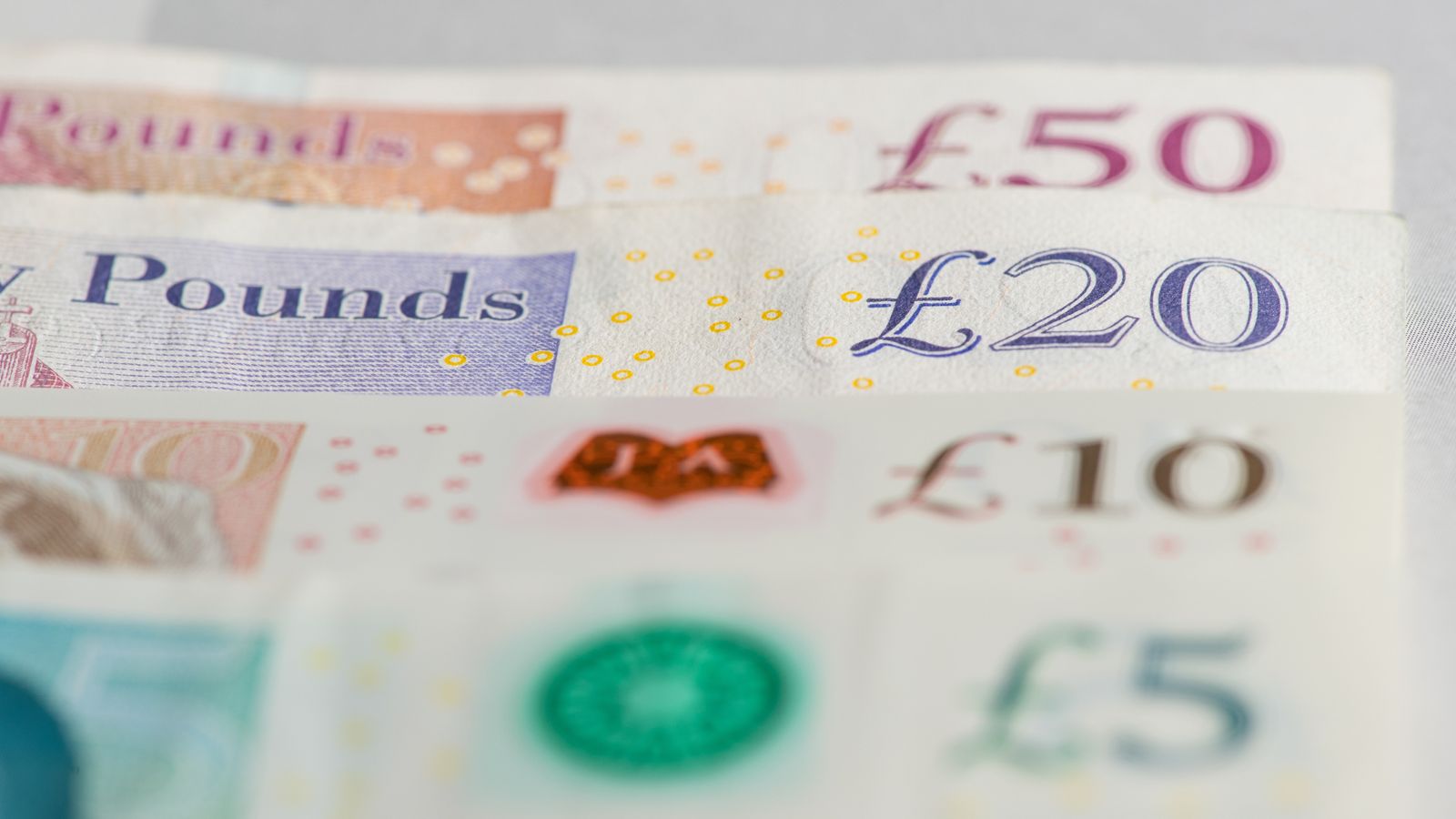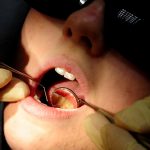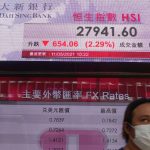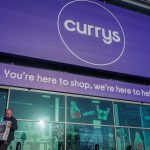Banknote printer De La Rue says a pronounced leap in “COVID headwinds” in recent months has knocked its profit expectations and warned of further efficiencies and cost reductions ahead.
The company, which has been fighting back from uncertainty over its financial future since 2019, said on Monday that its turnaround plan had been hit by a range of pandemic-related factors outside its control.
As a result, De La Rue said now expected adjusted operating profit for the year to 26 March to be broadly similar to its last financial year, in the £36m-£40m range, versus market expectations of approximately £45m-£47m.
Its statement read: “At the time of the half year results, the group referenced the increased commodity and energy costs, and challenges in the supply chain.
“Since then, the significant headwinds, primarily relating to the COVID-19 pandemic, have become more pronounced.
“The Omicron and Delta variants have caused substantially increased employee absences in our manufacturing facilities globally, which will result in lower total operational output for the full year.
“More recently, the group has also been affected by supply chain shortages in chips and other process raw materials and has experienced a degree of supply chain cost inflation.”
M&C Saatchi suitor AdvancedAdvT sweetens bid with cash
Former CBI chief Fairbairn joins race to head Channel 4
Worst Christmas on record for retailers as sales slump by 3.7%
The company, which controversially lost its contract to print British passports to a Franco-Dutch rival in 2018 and consequently cut hundreds of jobs, said it was “intensifying its efforts to deliver further efficiencies and cost reductions, to mitigate some of the factors described above”.
Chief executive Clive Vacher added: “Despite the macro challenges that are delaying aspects of the turnaround plan, De La Rue continues to increase adjusted operating profit in both divisions year on year, and the plan anticipates this to continue going forward.
“While this trading update is disappointing, it should be seen as a delay to reaching our turnaround plan objectives, rather than indicating that a change of direction is required.”






















